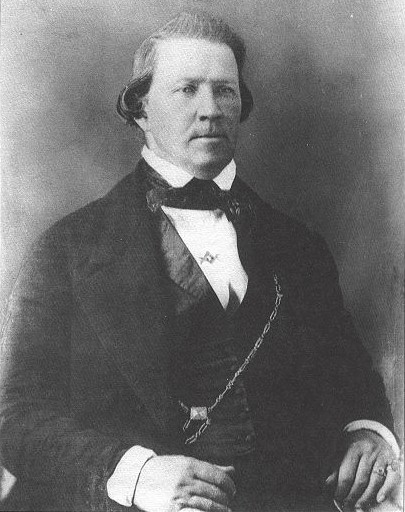I also found this very interesting.J2 wrote: ↑September 21st, 2022, 10:47 pm I do think it's strange that, for last April's conference, they last-minute did away with the Priesthood Session and had another women's session instead.
And for this upcoming conference they are just having a regular general session for Saturday evening. No session for the men to make it fair and balanced.
If I didn't know better, I'd think that they don't care about the men in the church anymore. These days I guess even the church thinks "patriarchy" is evil.
But this has been discussed in other threads, particularly those discussing the 2019 temple changes.
I wonder if it isn't a deliberate widening of the gulf between the priestly cast (those in authority positions rooted in corporate positions/stipends, ie. greater bureaucratic influence) and the lay clergy and legacy patriarchy figures, ie. fathers/brothers (those that are more "beyond reproach", as I heard it put from a stake pres. once).
Must paint a clear picture to the body of the church where to turn for relevant priesthood. It's too risky to allow the legacy patriarchy figures to interpret the message to their families over the traditional dinner following Priesthood Session. It's more efficient and controllable to have them bypass said legacy patriarchy figures altogether and just go directly to their correlation daddy instead.







